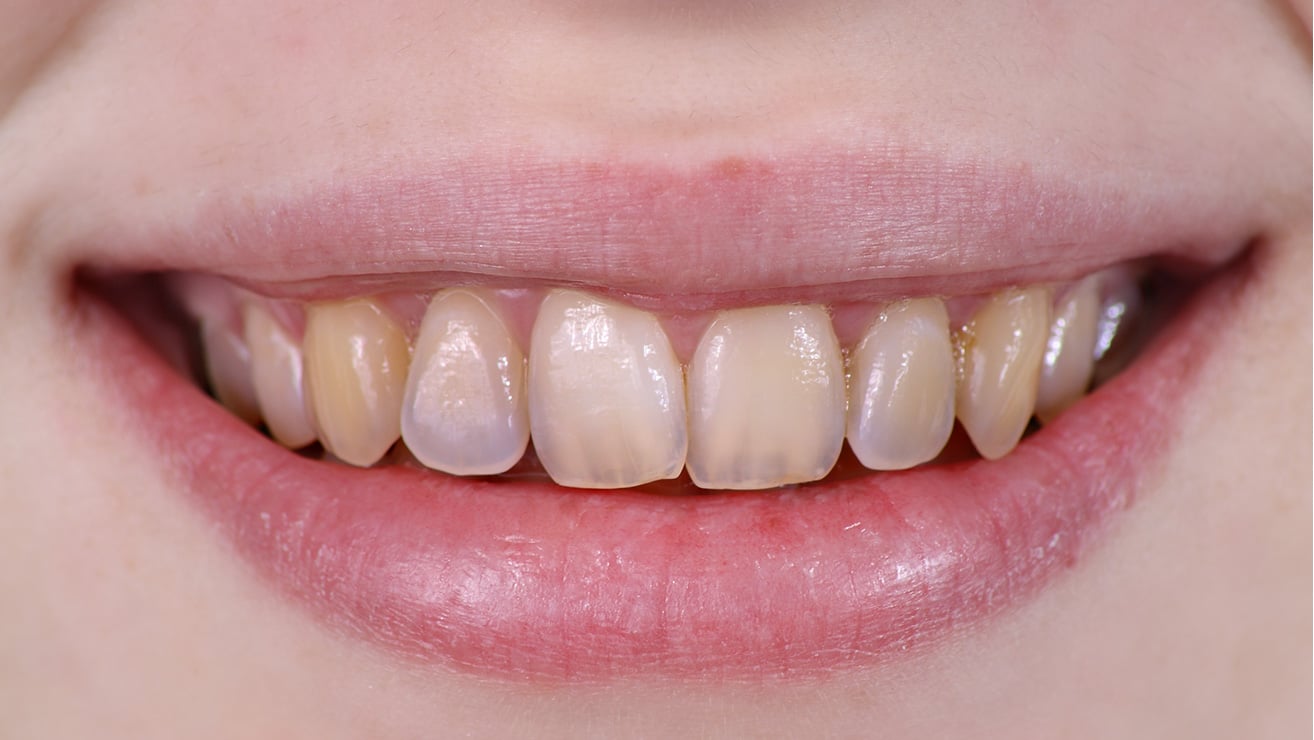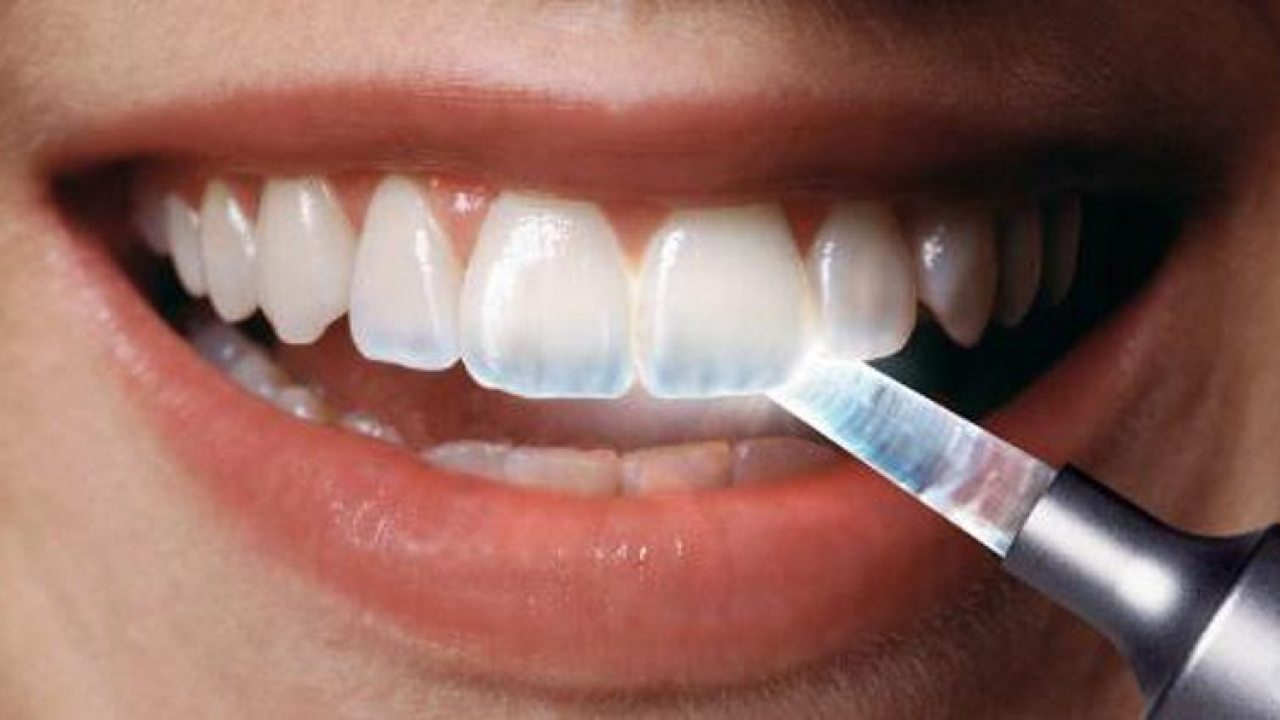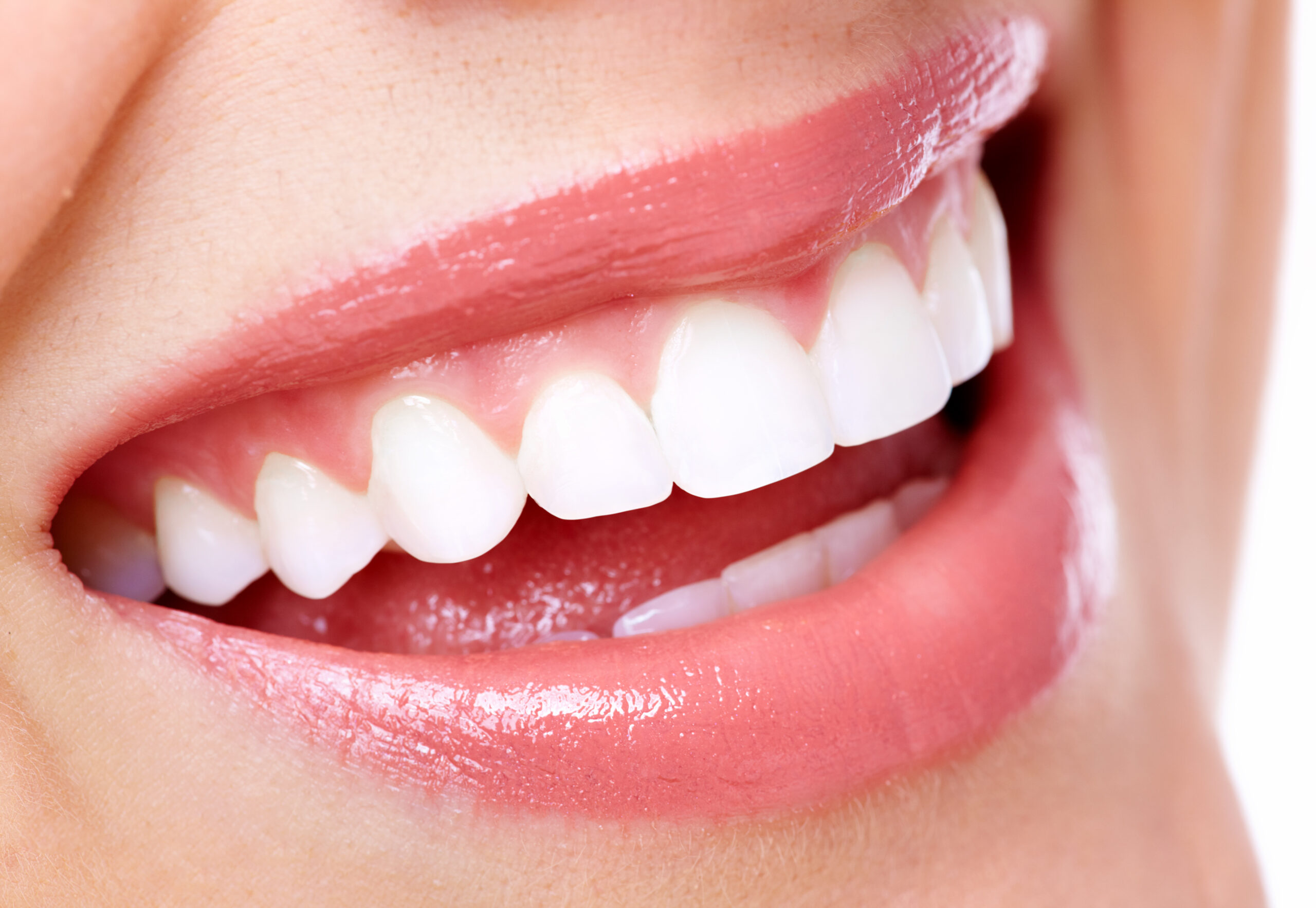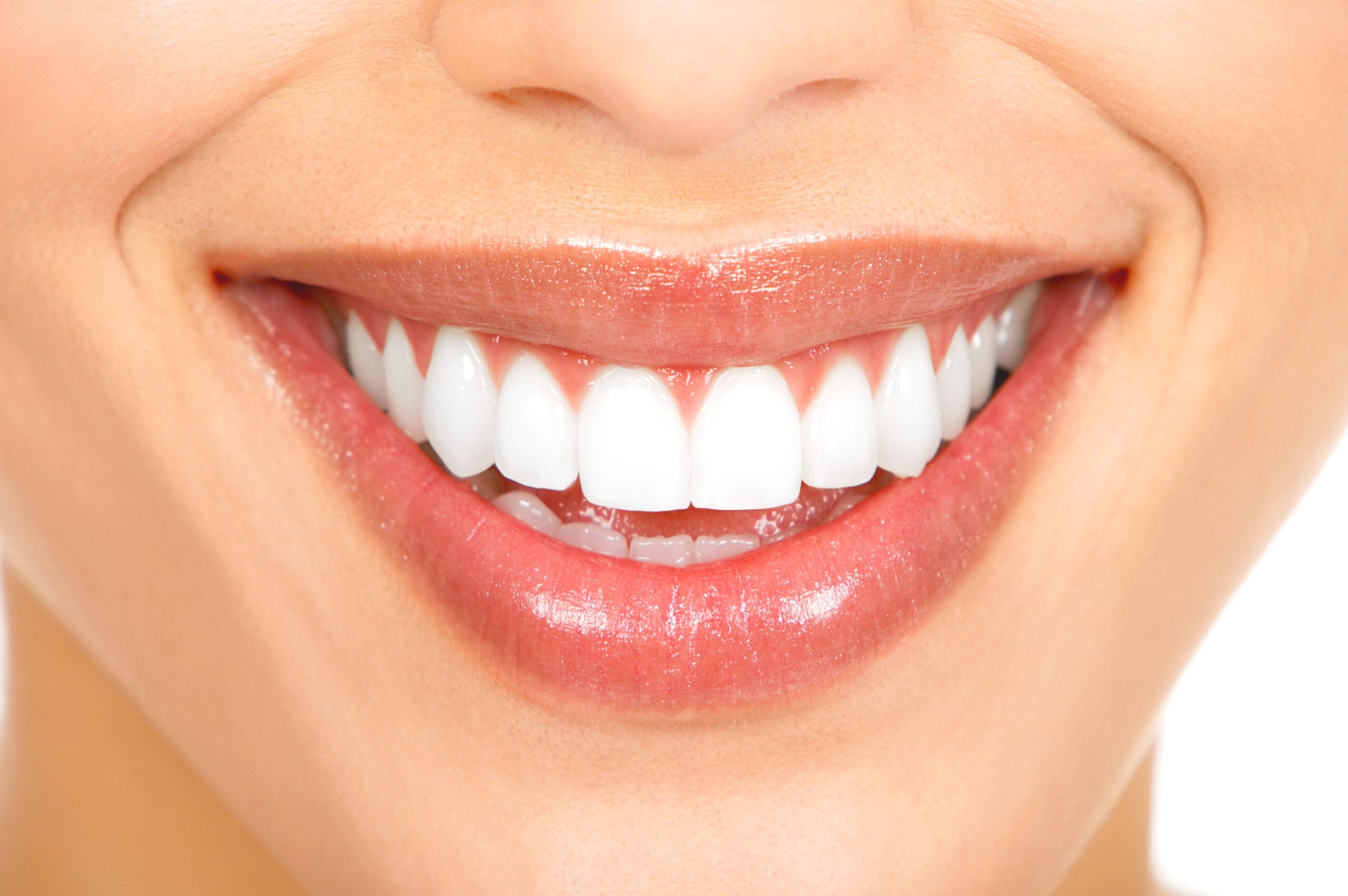Introduction Picture of Teeth Without Enamel
The Importance of Picture of teeth without Enamel in Dental Health
Picture of Teeth Without Enamel, often overlooked but crucial, serves as the guardian of our teeth, preserving their integrity and function. Understanding its significance is the first step to appreciating a healthy smile.
The Intriguing World of Teeth Without Enamel
Imagine a world where teeth lack the protective shield of enamel – a concept both fascinating and alarming. In this article, we delve deep into the captivating realm of teeth without enamel.
Understanding Dental Enamel
Composition and Structure of Dental Enamel
Dental enamel, composed primarily of hydroxyapatite crystals and protein matrix, forms a resilient outer layer. Its intricate structure ensures teeth can withstand a lifetime of chewing, grinding, and biting.
Enamel as the Outermost Layer
Enamel, as the tooth’s outermost layer, stands as the first line of defense against daily wear and tear. Its hardness surpasses that of bone, making it uniquely suited for its role.
Key Minerals in Enamel Formation
The minerals that compose enamel, such as calcium and phosphate, play a pivotal role in tooth development and maintenance. Without these minerals, teeth become susceptible to decay.
Role of Enamel in Protecting Teeth
Beyond its hardness, enamel acts as a barrier, preventing harmful substances from infiltrating tooth structures. Its transparency allows the natural color of dentin to shine through, creating our unique tooth shades.
Enamel’s Hardness and Durability
Enamel’s remarkable hardness can withstand forces exceeding 150 Newtons, making it one of the body’s most durable tissues. This property ensures teeth can chew through countless meals without significant wear.
Enamel’s Transparency and Color
The transparency of enamel influences our teeth’s color, revealing the underlying dentin. This interplay creates the wide spectrum of tooth shades seen in nature.
Causes of Enamel Erosion
Dietary Habits and Enamel Damage
Sugary and acidic foods, often enjoyed in modern diets, pose a severe threat to enamel. These substances initiate the erosion process, weakening teeth over time.
Impact of Beverages on Enamel
Common beverages like soda and fruit juices can erode enamel due to their high acidity. Understanding the consequences of these choices is vital for dental health.
Read Also: How to Diet as a Lady Manga Spoilers
Oral Hygiene Practices
Inadequate brushing and flossing leave teeth vulnerable to enamel erosion. Neglecting oral hygiene can accelerate the damage.
Enamel Erosion and Tooth Sensitivity
Enamel loss exposes dentin, triggering tooth sensitivity. This discomfort can disrupt daily life and requires attention.
Consequences of Teeth Without Enamel
Tooth Sensitivity
Dentin exposure lies at the core of tooth sensitivity, causing discomfort when encountering hot, cold, or sweet stimuli. Protecting dentin becomes imperative.
Understanding Dentin Exposure
The intricate tubules within dentin connect to tooth nerves, transmitting signals of pain when exposed. Minimizing this exposure is essential for a pain-free existence.
Triggers for Tooth Sensitivity
Identifying triggers for tooth sensitivity, such as cold air or hot beverages, empowers individuals to manage their condition effectively.
Tooth Discoloration
Stains and Discoloration Patterns
Enamel loss can lead to unsightly stains and discoloration on teeth, affecting one’s self-esteem and overall appearance.
Cosmetic Concerns and Self-esteem
The cosmetic impact of enamel loss extends beyond physical appearance, influencing self-esteem and confidence levels.
Increased Risk of Tooth Decay
Bacterial Infiltration
Enamel acts as a barrier against harmful bacteria. Its loss invites bacterial infiltration, escalating the risk of dental caries.
Cavity Formation
Enamel loss increases the likelihood of cavities, as bacteria exploit weaknesses in tooth structure.
Diagnosing Enamel Erosion
Clinical Evaluation by Dentists
Regular dental checkups with visual examinations and diagnostic tools like X-rays help dentists identify enamel erosion early.
Patient’s Self-awareness
Recognizing Early Signs
Educating oneself about the early signs of enamel erosion, such as tooth sensitivity or discoloration, can prompt timely action.
Reporting Symptoms to a Dentist
Open communication with a dentist about symptoms is vital for effective diagnosis and treatment planning.
Preventing Enamel Erosion
Adopting a Teeth-friendly Diet
Foods to Limit or Avoid
Limiting sugary and acidic foods is essential for preventing enamel erosion. A diet rich in enamel-strengthening nutrients can bolster oral health.
Proper Oral Hygiene Habits
Effective Brushing Techniques
Mastering proper brushing techniques ensures thorough cleaning, reducing the risk of enamel loss.
Importance of Regular Dental Checkups
Regular dental checkups enable early detection of enamel erosion and the implementation of preventive measures.
Protective Measures for Enamel
Dental Sealants
Dental sealants provide a protective shield for vulnerable teeth, reducing the risk of enamel damage.
Fluoride Treatments
Professional fluoride treatments can strengthen enamel, making it more resilient to erosion.
Treatment Options for Enamel Restoration
Tooth Bonding
Procedure and Benefits
Tooth bonding offers a non-invasive solution for cosmetic and functional enamel restoration.
Cosmetic Improvements
Beyond functionality, tooth bonding enhances the aesthetics of teeth, promoting confidence.
Dental Veneers
Porcelain Veneers vs. Composite Veneers
Understanding the differences between porcelain and composite veneers aids in choosing the most suitable option.
Enhancing Tooth Appearance
Veneers provide an effective means of restoring enamel and improving the appearance of teeth.
Crowns and Fillings
Reinforcing Weakened Teeth
Crowns and fillings provide structural support to teeth weakened by enamel loss.
Functional Restoration
These treatments ensure that teeth can continue to function effectively despite enamel damage.
Living with Weakened Picture of Teeth Without Enamel
Ongoing Oral Care and Maintenance
Specialized Toothpaste and Mouthwash
Using toothpaste and mouthwash designed for enamel protection is essential for ongoing care.
Reading Suggestions; Oh So Jack Fashion Male Grooming Lifestyle
Dietary Adjustments for Enamel Preservation
Adapting one’s diet to protect enamel is a long-term commitment to oral health.
Long-term Implications and Considerations
Monitoring Tooth Health
Regular dental checkups and monitoring are crucial for individuals with weakened enamel.
Emotional and Psychological Impact
Understanding the emotional and psychological effects of enamel loss can guide individuals in coping with the challenges.
Conclusion
The Value of Dental Enamel
Dental enamel’s significance in maintaining oral health cannot be overstated. It serves as a sentinel, safeguarding our teeth throughout our lives.
Empowering Choices for a Healthier Smile
Armed with knowledge about enamel, its erosion, and restoration options, individuals can make informed choices to protect their teeth and achieve a healthier, more confident smile.
FAQ’s
Q: Can you fix a picture of teeth without enamel?
A: Yes, it is possible to address the issues associated with a tooth lacking enamel. Dental procedures such as tooth bonding, dental veneers, crowns, and fillings can help restore the appearance and function of a tooth. The choice of treatment depends on the extent of enamel loss and the specific needs of the individual.
Q: What happens if picture of teeth without enamel is gone?
A: When enamel is completely eroded or significantly worn down, several consequences can occur. These include heightened tooth sensitivity, an increased risk of tooth decay, tooth discoloration, and potential structural damage to the tooth. It’s essential to address enamel loss to prevent further dental problems.
Q: What color are teeth without enamel?
A: Teeth without enamel often appear yellowish, grayish, or translucent. The color primarily depends on the thickness and health of the underlying dentin, which can vary from person to person. The absence of enamel allows the natural color of the dentin to show through, affecting the overall appearance of the tooth.
Q: What does a look like Picture of teeth without enamel?
A: A tooth without enamel typically appears dull and discolored. It may take on a yellowish or grayish hue, and the underlying dentin becomes visible. This can make the tooth look less vibrant and more susceptible to damage.
Q: Can teeth be completely devoid of enamel?
A: No, teeth cannot be completely devoid of enamel. Enamel is the outermost layer of a tooth and is present in varying degrees of thickness. However, excessive enamel erosion can make the enamel layer extremely thin, leading to various dental issues.
Q: What are the common causes of enamel erosion?
A: Enamel erosion can occur due to several factors, including a diet high in sugary and acidic foods, improper oral hygiene practices, acidic beverages, and conditions like acid reflux. Understanding these causes is crucial in preventing enamel erosion.
Q: How can one protect their enamel from further erosion?
A: Protecting enamel involves adopting a teeth-friendly diet, avoiding sugary and acidic foods, practicing proper oral hygiene with effective brushing techniques, and attending regular dental checkups. Dentists may also recommend protective measures like dental sealants and fluoride treatments.
Q: What are the consequences of enamel loss?
A: Enamel loss can lead to tooth sensitivity, tooth discoloration, an increased risk of tooth decay, and even structural damage to the tooth. Addressing enamel loss is essential to prevent these complications.
Q: What dental treatments are available for teeth without enamel?
A: Dentists offer various treatments to restore teeth with enamel loss. These include tooth bonding, dental veneers, crowns, and fillings. The choice of treatment depends on the extent of enamel loss and the patient’s specific needs.
Q: Is it possible to improve the appearance of teeth without enamel?
A: Yes, it is possible to enhance the appearance of teeth with enamel loss. Cosmetic dental procedures like dental veneers can improve the aesthetics of teeth, making them look more natural and attractive.
Q: What long-term considerations should individuals with weakened enamel keep in mind?
A: Individuals with weakened enamel should focus on ongoing oral care and maintenance, use specialized toothpaste and mouthwash, make dietary adjustments to preserve enamel and attend regular dental checkups. They should also be aware of the emotional and psychological impact of enamel loss and seek support when needed.































